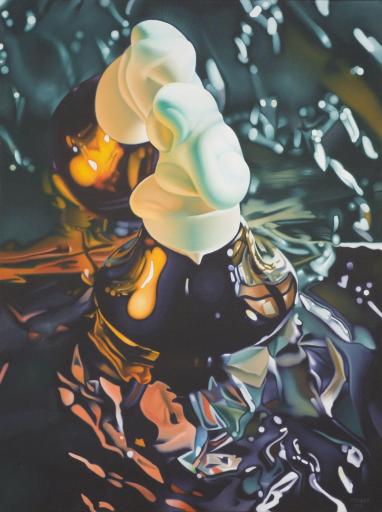Foam Chrome II, Gary Pruner
Artwork Overview
Gary Pruner, artist
born 1940
Foam Chrome II,
1973
Where object was made: United States
Material/technique: oil; canvas
Dimensions:
Canvas/Support (Height x Width x Depth): 142.2 x 106.7 cm
Canvas/Support (Height x Width x Depth): 56 x 42 in
Canvas/Support (Height x Width x Depth): 142.2 x 106.7 cm
Canvas/Support (Height x Width x Depth): 56 x 42 in
Credit line: Museum purchase: Gift of Mr. and Mrs. Darwin Daicoff
Accession number: 1973.0083
Not on display
If you wish to reproduce this image, please submit an image request








